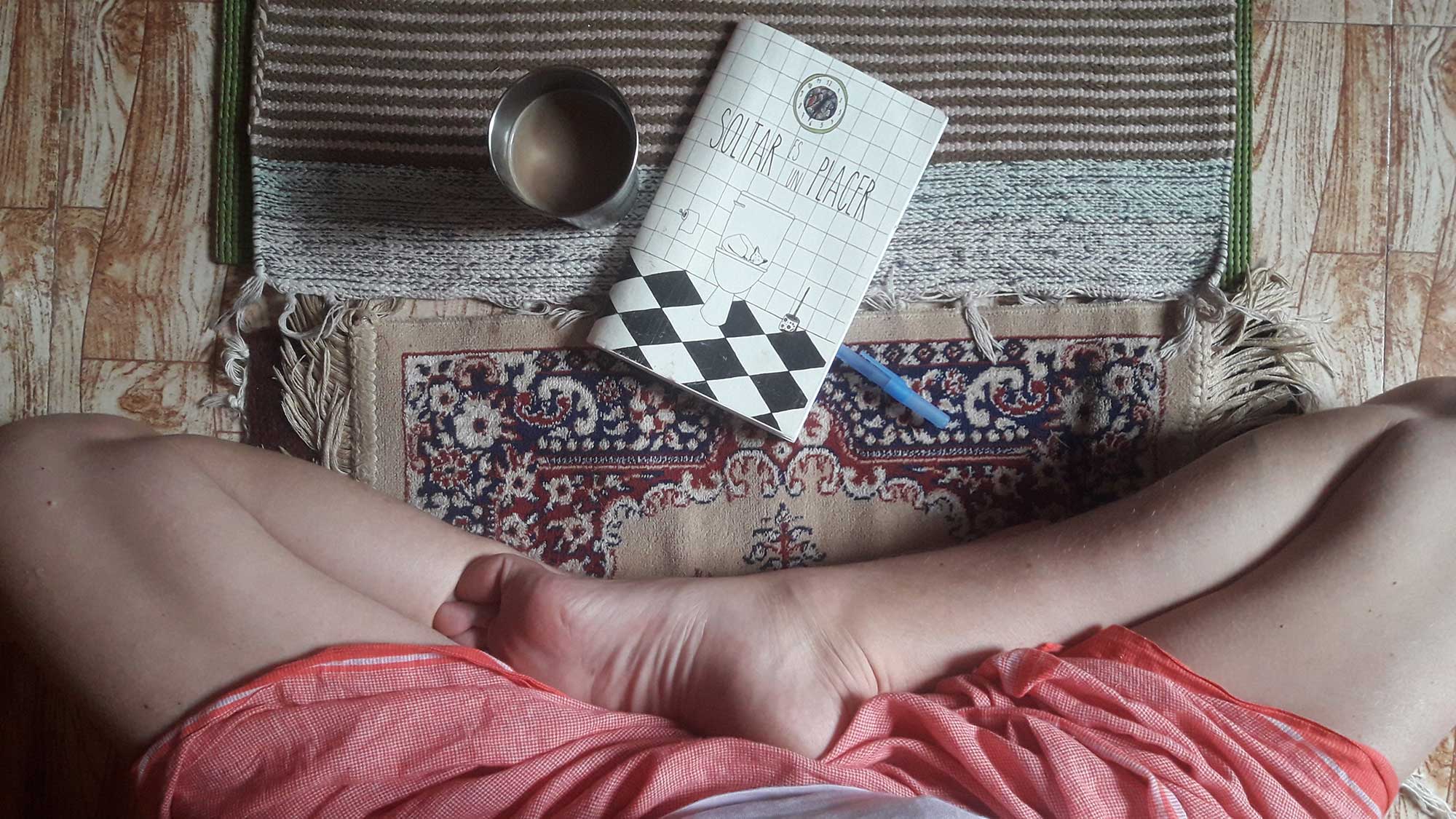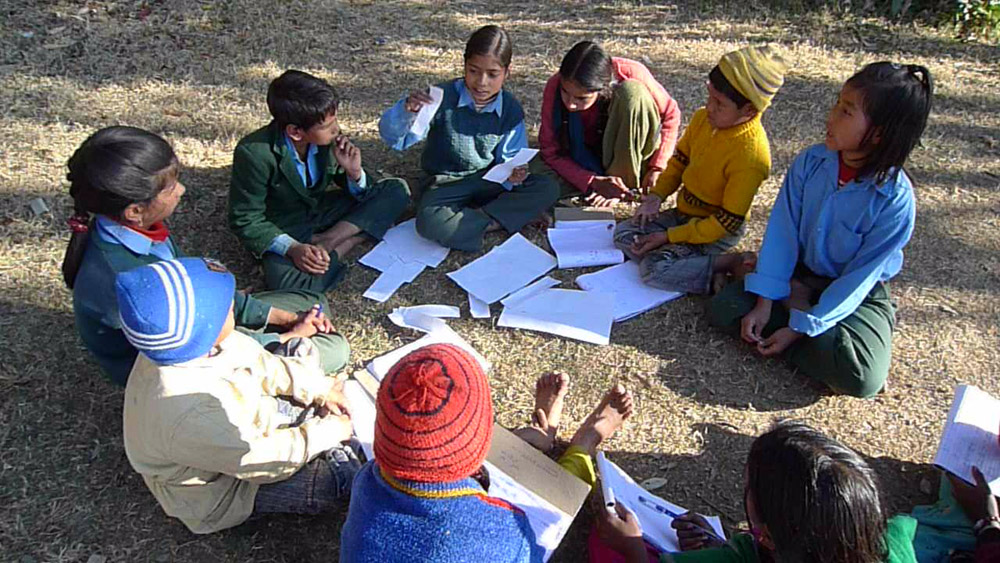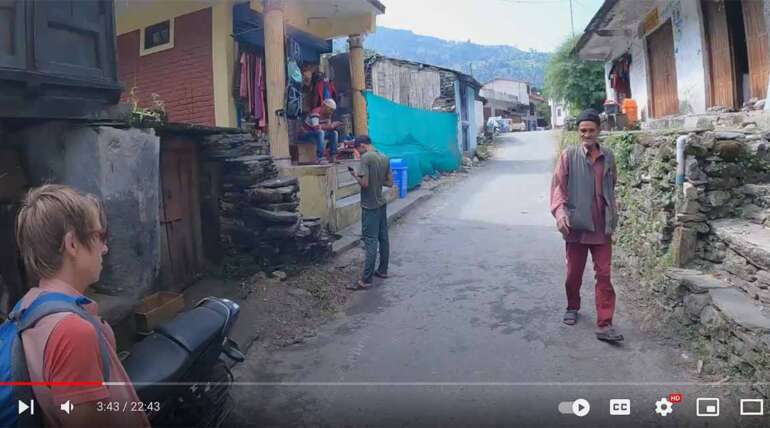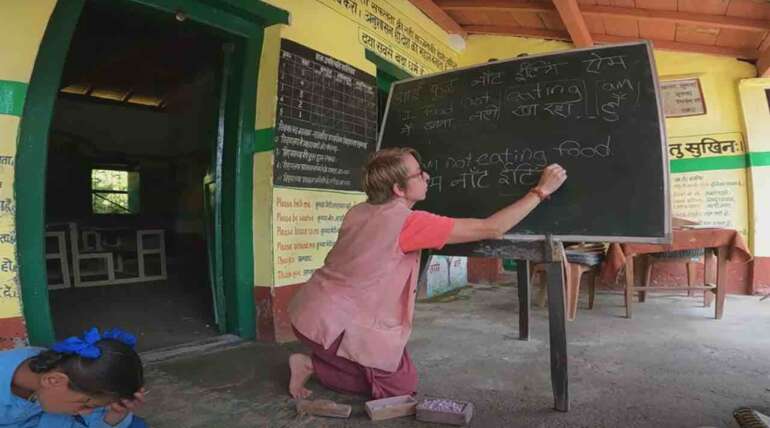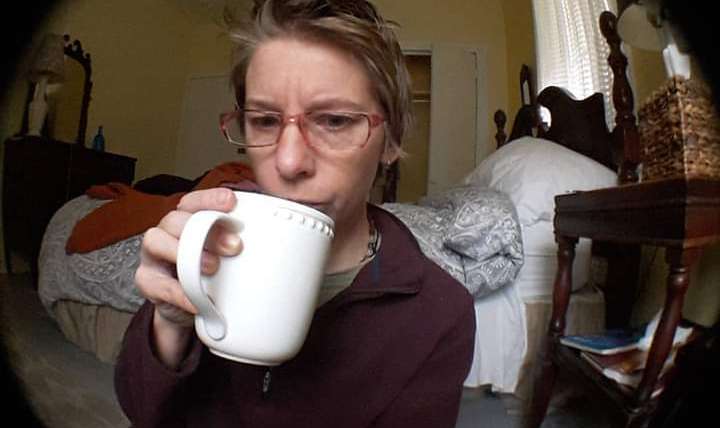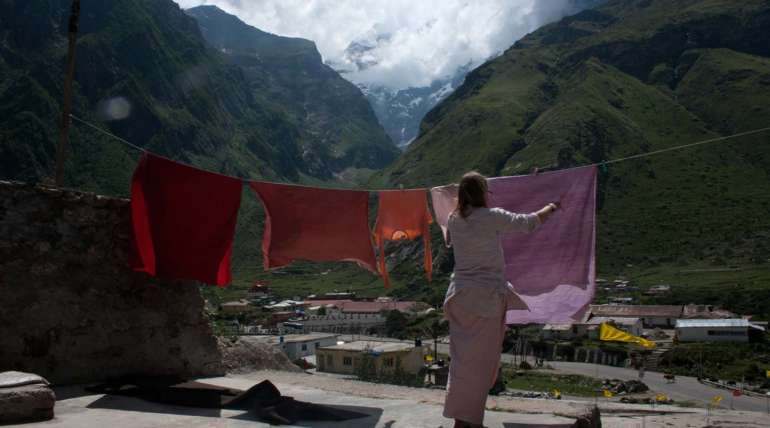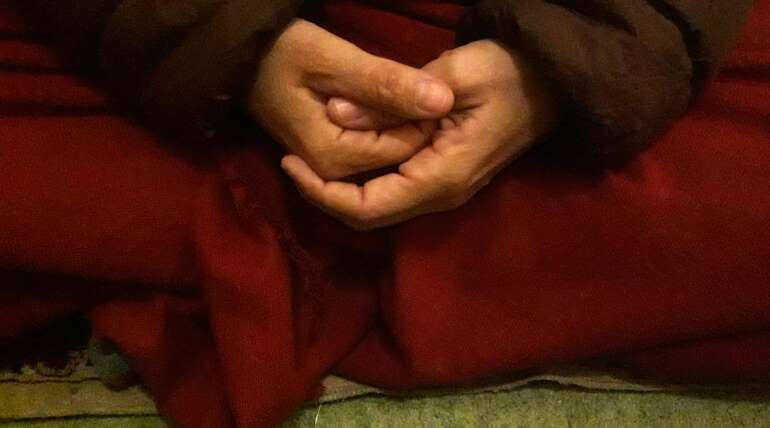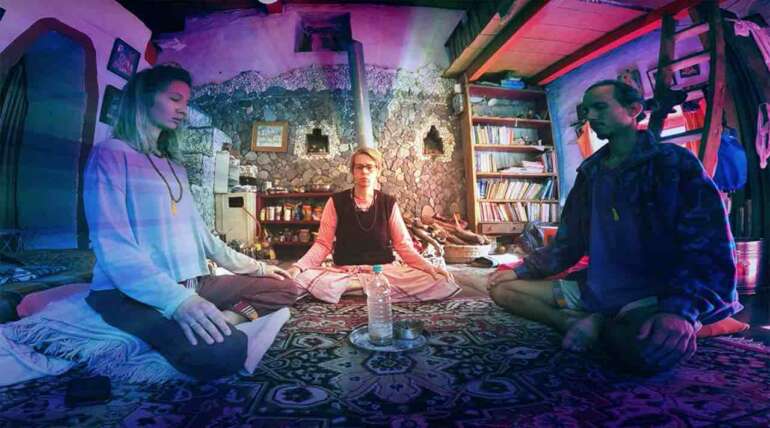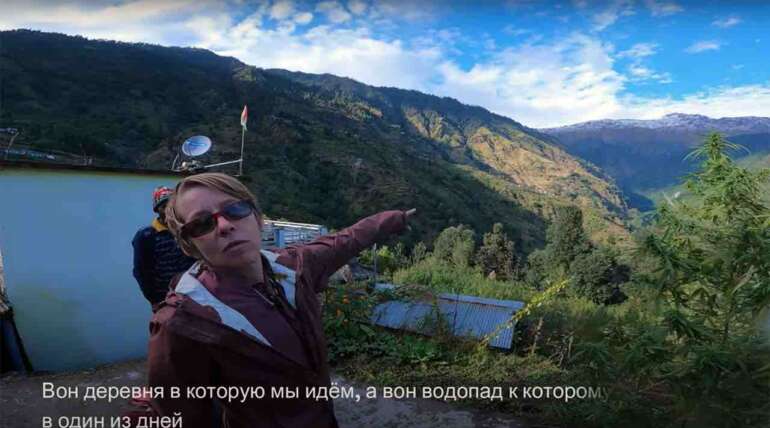[first written as part of my application to volunteer at Ashram Paryavaran Vidyalaya]
What is your conception of a quality school and educational program?
The model you have set forth for your school is very much inline with what I would design if I could build my own school. I would also stress the need to instill in our young ones the following (in no particular order):
1. The freedom to be and become themselves as they truly are, regardless of peer or societal pressures to “fit in” a box or category, and a confidence believe they are “ok” just the way they are.
2. A global awareness and interactive / creative participation within a world which is no longer inhibited by our previous access limitations.
3. An evolved level of consciousness that enables youth to explore and find similarities on others rather than fearing or hating one who is different, in effect fostering a tolerance and acceptance for diversity.
6. An understanding of Oneness = seeing the other with love, acceptance and respect, inspiring a collaborative nature in humans, as opposed to seeing them as the enemy, someone with whom to compete, someone to step on in order to gain strength or grow power.
5. An amalgamation of both the skills needed to make use of modern communication technologies (as a means to reach out to others, to whom by which no other means they could), with the caution heeded to not allow technologically driven communication to be the sole means of interacting with one another (especially with those who are within reach), thus continuing to foster the social developmental skills needed to communicate on a face-to-face, personal, intimate level. (This is something I see particularly lacking in the USA where young people’s social skills are being impeded by their use of technology to communicate and interact with one another).
6. An environmentally consciousness that encourages a sustainable living model of economy to enable our planet and its people carry on for generations to come.
I also believe classroom settings should change from the old factory obedient model to a more democratic model, where students play a more active role in the management of the classroom or school itself and its activities, thus gaining a responsibility for themselves. For example:
| FACTORY CLASSROOM MODEL | IDEAL DEMOCRATIC CLASSROOM MODEL |
| Square classroom settings with teacher standing at the front of the classroom, his/her students facing at attention, looking up at the teacher. | Circle classroom settings, teachers and students sitting among each other, facing one another, able to share ideas looking directly eye to eye. |
| Teacher being the only one playing the role of “teacher”. | Each-one-Teach-one model where knowledge gets passed on. Students who acellerate faster can help teach others who are at slower pace. Students teach each other, teachers teach each other. Also teacher and students learn from each other. The School should be a learning envirnment for all. |
| Classroom management strategies set forth by disciplinarian Teacher. Students obey rules or face consequences also devised by the Teacher. | Students getting to collaborate with the teachers when devising classroom management strategies, rules and consequences. Everyone having equal input on expected behavior standards, levels of respect given to each other, focusing on positive behavior rather than negative (such as “respect each other’s ideas” as opposed to “don’t dismiss another’s ideas”). Empowers students to become self responsible and own their behavior and actions. |
| Teacher creates and grades assignments independently. Students have little choice in topics much less how to execute their demonstrating having learned or comprehended subject matter. Assignments and examinations are standardized. | Teacher offers choices of activities, various avenues from which students learn desired curriculum goal, activity options that keep various creative learning styles in mind. Various venues through which a student can demonstrate mastery of a concept or skill. Students are given a choice |
| Students are quite and merely listen. | A venue is provided for students’ voices to be heard, where students feel empowered, instilling in them that their voice indeed matters, building confident change makers. |
The world is changing fast. It is completely different than when I was in elementary school, decades ago. It will be completely different by the time those currently in elementary school grow up to be my age. Schools need to anticipate these changes in order to develop youth who are capable to evolve with the times, while not continuing to make the mistakes of our past. We need to foster children with wholly different “programming” than was installed in the mindsets of those products of the Factory Model of Schooling and more radically perhaps, foster children with no “programming” at all to enable their flexibility to adapt to what lies ahead.
In the United States our standardized educational system, initially structured around the times of the print media revolution (invention of the printing press) and subsequently the industrial revolution, was designed to indoctrinate the masses into becoming obedient industrial worker-robots. The media of the past (through which student’s learned) was a one-way street, inherently not encouraging participation. Students who learned via “old media” were mostly expected to memorize and regurgitate the information set before them, by professionals (from scholarly text book writers to journalists). Prior to the Internet (our new global multimedia library) access to and the quality of that media was also limited. When I was in school, encyclopedias, text books, images or films/videos (if a school was lucky enough to have a film projector or TV) often expressed an outdated point of view of the world and unfortunately also offered a limited scope as far as cultural / geographical diversity. We learned about the world from the exotic perspective of, these people over there are different than we are. We also learned about history (and quite limited in scope) and rather than being encouraged to question our society’s culture, it’s standards of behavior and ways of being, we were merely expected to accept them and fall in line.
However we now live in a wholly different time, with a new revolution underway, the interactive new (multi)media revolution, where the lines between consumers and producers are as blurred as the lines between professional and amateur. Our education system needs to evolve to reflect the way young people today have access to, experience, interact with and contribute to the “new media” of today’s world, in which every moment seems to get (virtually) smaller and smaller. Now we have access to the world via the internet, a multimedia global virtual library, a democratic library of information, a collection which is no longer left to the professional or media corporation to determine what is important or what is safe to disseminate to the public, a collection of which regular citizens can become not only the curators but also the producers. Granted the entire world does not yet have access, the digital divide is vast and wide, determined by logistical lack of access and in some cases government censorship. But slowly slowly…
The work that your school is doing, the ideals you are instilling in these children, and your school’s philosophy is something extremely necessary to be shared with the rest of the world’s school children, (many in the states who are medicated to calm down and focus rather than taught to mediate or do yoga). I would love to help you empower your youth to make videos about mindfulness, to teach other children and families about their way of life. Your schools model needs to be spread out and shared so others can grow as mindful members of society.

